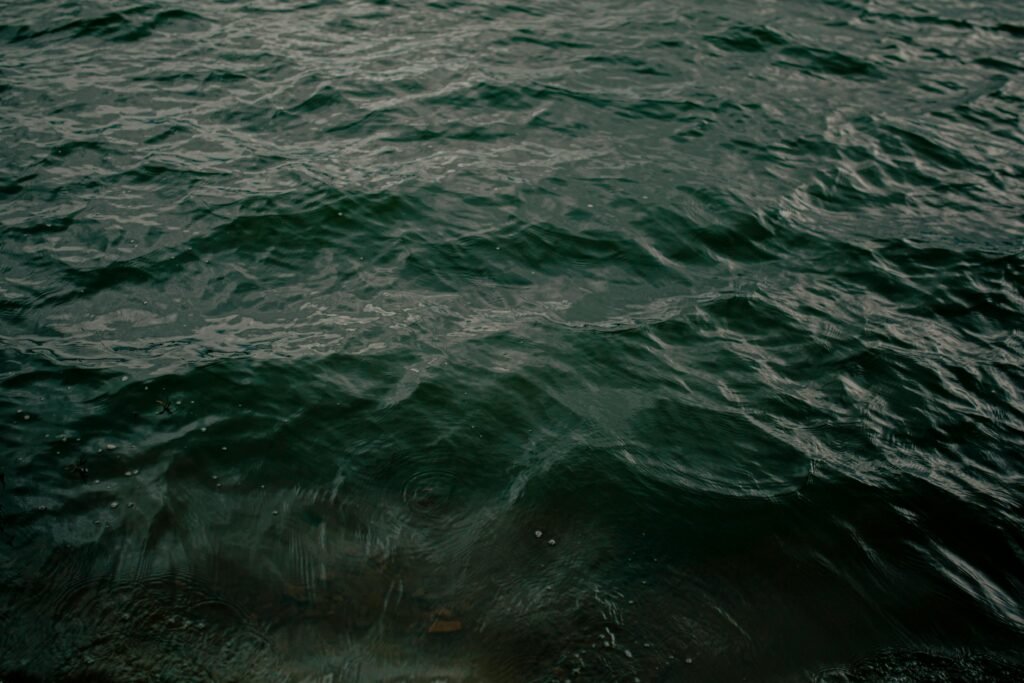Understanding Your Water Footprint
A water footprint is a measure that quantifies the total amount of freshwater consumed directly or indirectly by individuals, households, and businesses. This measure helps calculate the usage pattern of water and depicts the places where more conservations are needed. The two main components of water footprint are direct and indirect usage of water. Direct use of water includes everyday consumption activities such as drinking, bathing, cooking, and cleaning-that is, every action that requires immediate use of water. These can easily be monitored and changed to bring down one’s total water footprint.
Indirect water usage is less obvious but equal in importance in determining the final water consumption. It refers to the water used to produce and provide goods and services that are consumed. Consider, for example, the amount of water associated with food items such as fruits, vegetables, and meats, and the water used in making clothing and electronics. This is often the hidden part of the water footprint and, in some aspects, most significant in absolute terms. It emphasizes the importance of making informed choices regarding the products we purchase, as many items have substantial hidden water costs associated with their production.
This means that a person can effectively decrease his or her water footprint by conscious decisions both in the direct and indirect use of water. For example, the purchase of local produce helps reduce the transport-related water usage. Similarly, sustainable fashion can minimize water usage in the production of textiles. Therefore, by knowing the water footprint and the various constituents, you develop several strategies for reducing the overall usage of water positively affecting environmental sustainability.
Simple Ways to Save Water at Home
A few practical and easy steps can reduce water usage in your home. One of the best ways to decrease your water footprint is by taking a few fewer minutes to take your showers. You could limit your shower to just five minutes, thereby decreasing your water usage considerably since the average showerhead consumes 2.5 gallons per minute. Installation of low-flow showerheads is another way of achieving saving because it limits the volume of water used without lowering water pressure.
Another important water-conservation measure is proper leakage response. A leaking toilet or a dripping faucet might waste gallons of water on a daily basis. Take time to check for water leaks in your faucets, pipes, and toilets. Do not forget to call in a plumber if necessary. Tackling such problems not only conserves water but also cuts down water bills, proving that it makes financial sense to fix such leaks.
Using water-efficient appliances is another step to help in saving water at home. Modern dishwashers and washing machines, designed to use little water, will consume water that is less compared to previous models. Newer appliances that carry the higher energy star label are always made for efficiency and consumption reduction.
Mindful use of water in daily tasks is just as crucial. For instance, hand-washing dishes. Soapy water is put on one side of the washbasin, and you just put the rinse on the other side, significantly minimizing the running water requirement. Similarly, washing full loads of laundry instead of multiple smaller loads ensures that the washing machine operates at maximum efficiency, utilizing water in a more responsible manner.
Through such simple changes in lifestyle, families can reduce their water footprint very effectively while helping build a better future.

Making Sustainable Choices When Shopping
Sustainable shopping decisions are highly important in reducing our total water footprint. All the commodities we buy come with a hidden water price, demonstrated by the water footprint tied to food and clothing commodities. This knowledge can motivate consumers to make more sustainable purchasing decisions. The largest user of water is the agricultural sector. Freshwater is required to produce the majority of meat, which includes the highest water footprint of proteins. A reduction in meat consumption or switching to more plant-based protein sources, like legumes or grains, could greatly decrease water usage.
Other than this, prioritizing local produce for food also reduces water consumption. Generally, growing food close to home reduces the distances traveled and hence decreases the water footprints of transportation and storage. Seasonal fruits and vegetables offer fresher choices but often use less irrigation, which further lowers the amount of water used. Moreover, consumers should adopt products manufactured from crops that are documented to have less input of water. For example, choosing almonds over avocados can have a significant impact on personal water consumption.
The other industry in which consumers can make a difference in is clothing. Fast fashion has a high-water usage from cotton cultivation to manufacturing processes. Purchasing more sustainable clothing, such as organic cotton or garments made from recycled materials, reduces one’s overall water footprint. Another thing to look at is the lifespan of clothing purchased. The idea is to buy long-lasting items that will not need replacement as often, thereby preserving water in the long term. In summary, conscious decisions regarding food and clothing purchases can go a long way toward decreasing an individual’s personal water footprint, thus contributing to sustainable consumption.

Advocating for Water Conservation in the Community
Water conservation is not solely the responsibility of individual households; it requires collective action within communities. Citizens can play a vital role in advocating for water conservation, thereby influencing larger water-saving initiatives and policies. One effective way to contribute is by participating in local clean-up efforts, such as watershed clean-ups and riverfront restoration projects. These activities not only improve the local environment but also raise awareness about the significance of preserving water bodies and their ecosystems.
Another reason is to back and support local organizations engaged in water conservation. Several organizations have non-profit projects involved in public education towards effective and sustainable water usage; through volunteering or giving out funds, one may get involved with such a program. Community gardens and other green infrastructure projects help advance water conservation efforts while encouraging the creation of urban biodiversity. Participating in such projects provides opportunities to witness how grassroots approaches can impact local water resource
Education plays a big role in developing a conservation culture. Discussion among community members about the need to conserve water and sharing practical tips on how to save water will help create behavioral change among community members. Community events or workshops can help debunk misconceptions related to water conservation by educating community members on efficient water usage techniques. Small acts such as fixing leaks or using water-efficient appliances make an individual realize that individual choices are part of a greater cause.
Another successful method of implementing change is advocating policies that promote water conservation. Most local governments appreciate public input on sustainability initiatives. Citizens can voice their support for regulations that promote water-saving practices by attending town hall meetings or joining advocacy groups. Such engagement makes the people get ownership of local water resources and keep working towards a future with sustainability. It is possible to make significant changes towards a reduction of the water footprints collectively through active participation and education within communities.
Do share your thoughts by commenting below.






